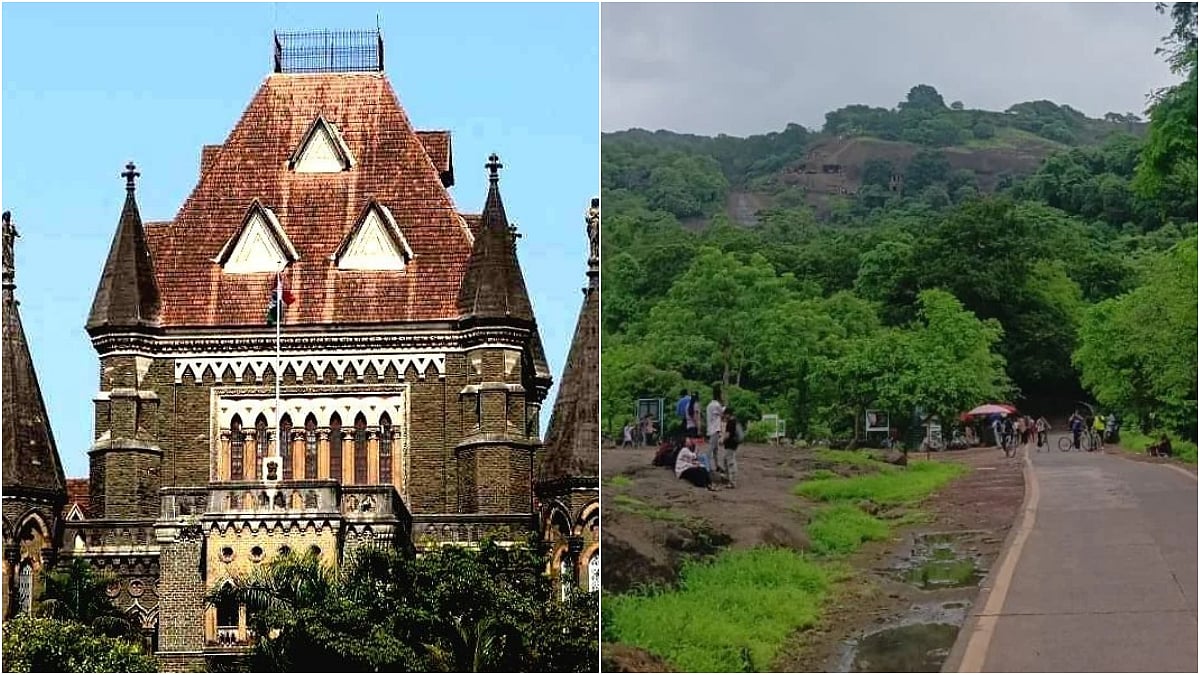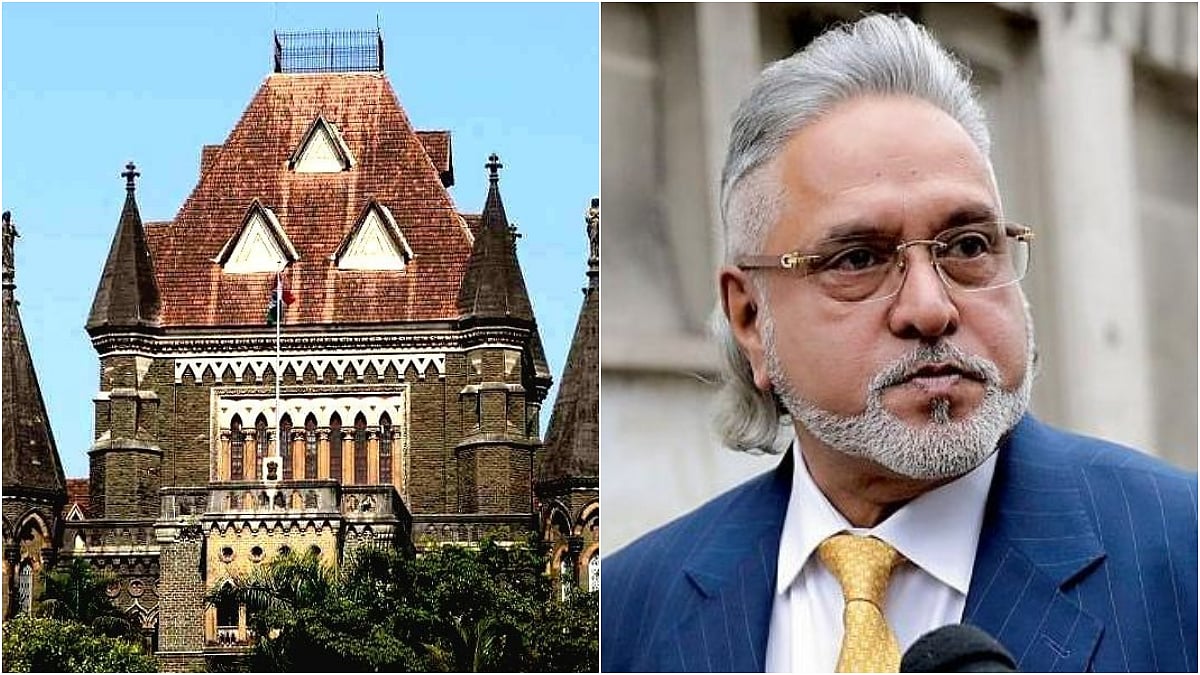The Navic series' newest satellite is launched into orbit by the Indian Space Research Organisation (Isro). The Satish Dhawan Space Centre in Sriharikota was the launch location for the GSLV-F12 carrying the NVS-1 into Low Earth Orbit (LEO). The 2,232-kilogram spacecraft will add additional enhancements to India's navigation and surveillance capabilities.
What is the NAVIC system?
Isro created the Navigation with Indian Constellation (NavIC), a constellation of seven satellites in orbit that collaborate with ground stations to provide regional navigation services. The network offers navigational services to tactical users, i.e. the armed forces, as well as regular users.
The system was created in response to the nation's rising need for better location, navigation, and timing in the civil aviation industry. The network includes India as well as a territory that extends up to 1500 km beyond the Indian border. It is used for transportation on land, in the air, and on the water, for location-based services, for personal mobility, for resource monitoring, for surveying and geodesy, for scientific research, for time distribution and synchronisation, and for the dissemination of life-saving alerts.
ISRO has stated in an India Today report that, "this series incorporates L1 band signals additionally to widen the services. For the first time, an indigenous atomic clock will be flown in NVS-01."
Only a handful of countries have this technology
Two solar panels that can produce up to 2.4 kW of electricity and a lithium-ion battery that will handle the payload and bus load during the eclipse power the satellite. The satellite uses a combined bi-propellant propulsion system, passive and active heat management, a three-axis body stabilised zero momentum system, and reaction wheels.
The mission, which is anticipated to last 12 years, is being launched with a Rubidium atomic clock that was produced domestically by the Space Applications Centre in Ahmedabad. The space agency also added that, "It is an important technology that only a handful of countries posses."
The launch of Chandrayaan-3, one of the year's largest missions, is now being prepared by ISRO. Although the Moon Mission is anticipated to launch in the second week of July, the Indian space agency has not yet made a launch date announcement.











